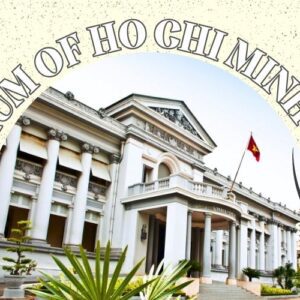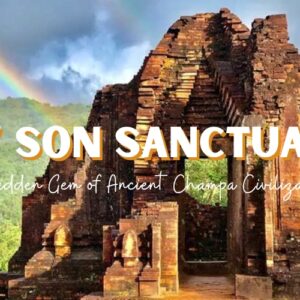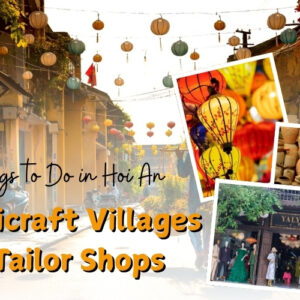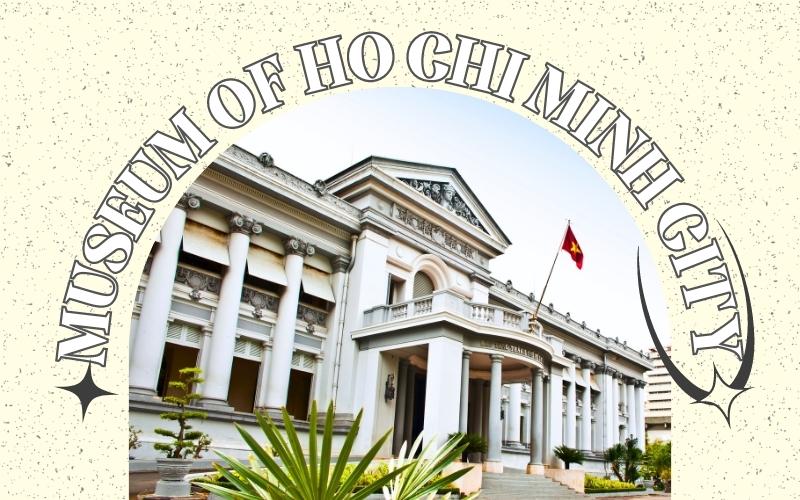
With its unique architecture, the Museum of Ho Chi Minh City, a century-old historic building, is a fascinating sight that tourists should not miss out on. This place not only preserves the development history of Sai Gon but also holds pride for the city. Let’s explore this interesting place with IDC Travel through the article below.
Essential Information for Tourists
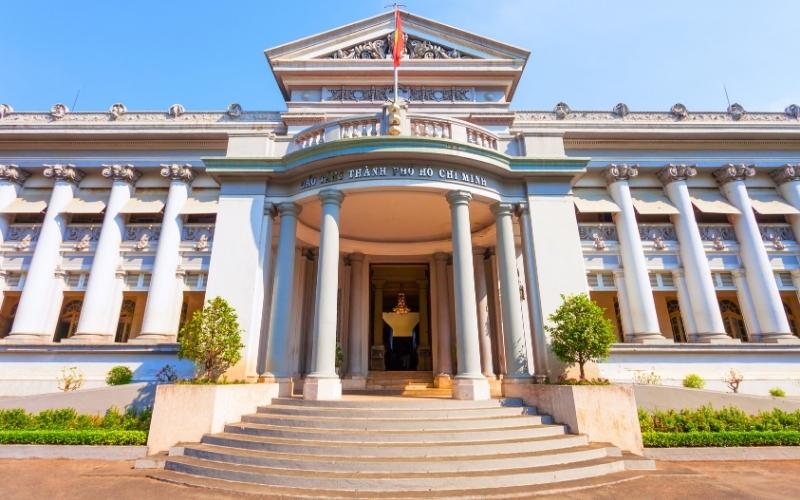
A View from Outside of Ho Chi Minh City Museum
Location of Museum of Ho Chi Minh City
The Museum of Ho Chi Minh City is located at No. 65 Ly Tu Trong Street, District 1, Ho Chi Minh City. The place is situated right in the center, so it is extremely easy for you to get here.
You can book a taxi or a car via Grab or Be, the ride-hailing app in Vietnam. However, as this museum is often mistaken for the Ho Chi Minh Museum in District 4, you will have to explain in detail to the driver in order to arrive at the right place. Or you can choose a more convenient transport option, which is renting a car with a private driver. He will assist you throughout your whole trip, bringing and picking you up at the right schedule.
Opening Hours & Entrance Fees
Ho Chi Minh City Museum welcomes tourists every day, including Holidays. Therefore, you can visit this place on any day you want. However, you should notice that the operating hours are between 8:00 AM to 5:00 PM.
Moreover, you will have to pay an entrance fee of 30,000 VND per person. There is a 50% discount if you are a student at a Vietnamese school or university.
History of the Museum of Ho Chi Minh City
The Museum of Ho Chi Minh City was constructed in 1885 by a French architect named Alfred Foulhoux. By 1890, the construction was officially completed. Initially intended to be a Trade Museum, its perfect location, and architecture led to it becoming the private residence for many governors. Before 1975, people often referred this place to as Gia Long Mansion.
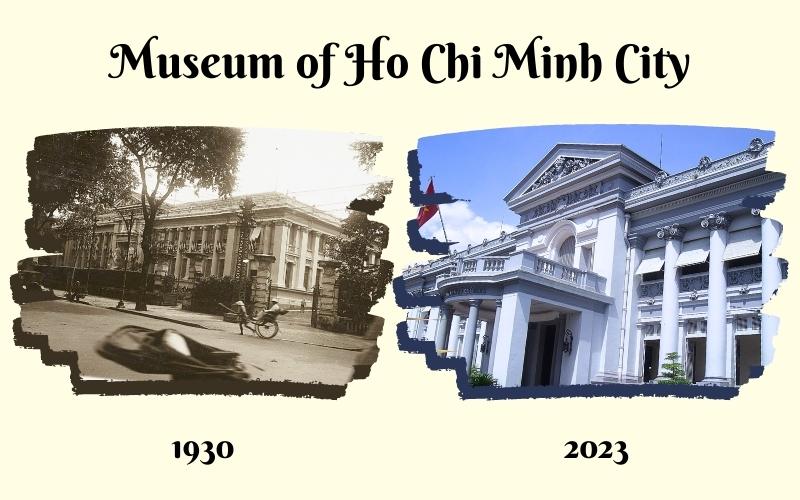
The Museum of Ho Chi Minh City_ Before vs. Now
On August 12, 1978, the People’s Committee of Ho Chi Minh City decided to establish the Ho Chi Minh City Revolutionary Museum. In 1999, after more than 20 years of operation, the former museum was renovated, upgraded, and transformed into the Ho Chi Minh City Museum. It was recognized as a National Architectural Heritage in 2012.
Impressive Architectural Style of the Museum
Ho Chi Minh City’s Outside Architecture
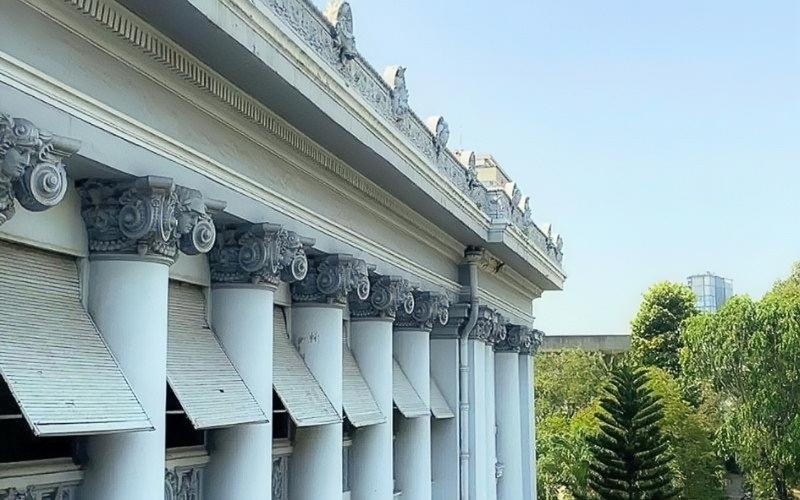
Perfectly Crafted Architecture
Visiting the Museum of Ho Chi Minh City, you will surely be amazed by its architecture. The museum is built in a neoclassical style with a facade showcasing Western influences, while the roof is designed in an Eastern style.
Although there have been slight changes at the entrance gate, this museum still preserves its original architectural features. The mansion is designed in a Western-style combined with many indigenous Vietnamese details. Ho Chi Minh City Museum features imposing rows of columns in the ancient Greek style, impressing every tourist stopping by. At the front of each column is carved the face of a Republican French soldier. Beneath that is the head of a powerful lion. The grandeur and majesty of this place make it one of the most magnificent architectural works in Ho Chi Minh City.
Details inside the Museum
Not only the outside architecture is impressive, but the inside details are also eye-catching to anyone visiting the museum. Walking from the entrance, you will come across a grand staircase designed in an elegant Western style. It is a prominent feature in the museum, attracting not only foreign tourists but also locals to come and take photographs.
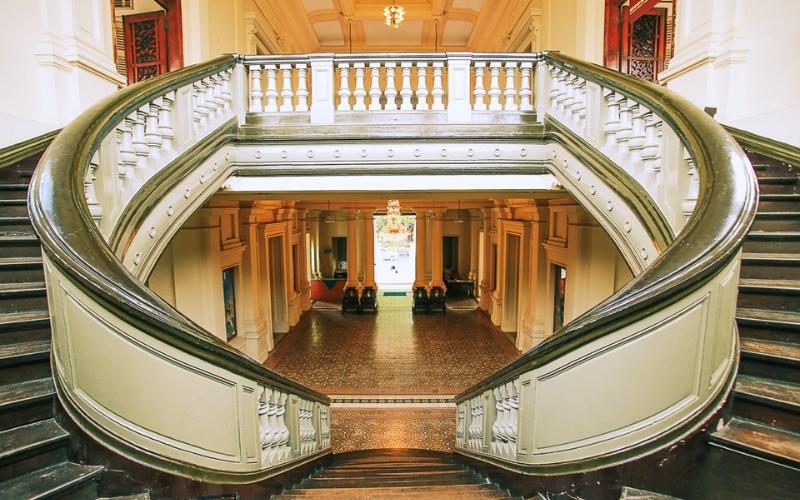
The Famous Staircase in the Museum
Not only the staircase, the Museum of Ho Chi Minh City still retains wooden door frames and mosaic tiles in the corridors, creating a nostalgic atmosphere for visitors exploring this place.
Highlights of Ho Chi Minh City Museum
As soon as you step into the museum’s courtyard, you will notice that in the front and on the sides, there are displays of some airplanes and tanks. These are the weapons that were used in historical events in 1975.
In addition, the Ho Chi Minh City Museum also exhibits cannons from the 15th century as well as vintage cars, the means of transportation for the affluent class in the old Sai Gon. You will definitely be struck by the impressive displays as soon as you enter the museum.
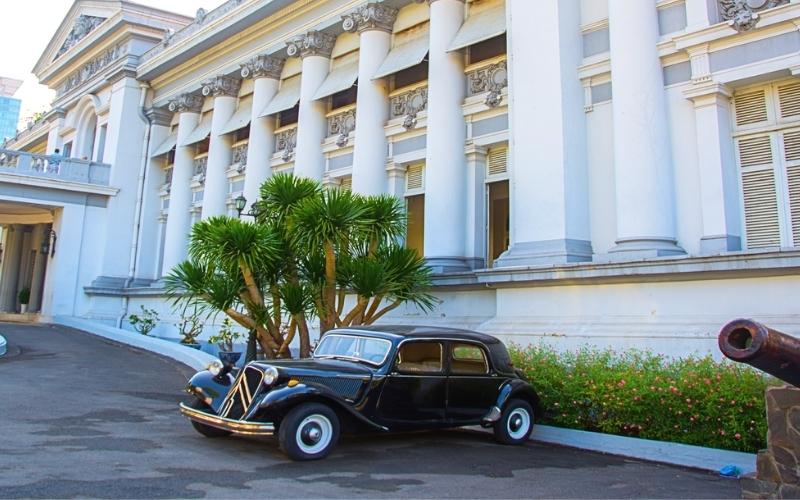
The Vintage Car Exhibited Outside
Interesting Exhibitions Displayed in the Museum
8 Rooms of Permanent Exhibitions
Geography – Administration
The Geography – Administration Exhibition Room offers general information on the formation and development process of Sai Gon – Ho Chi Minh City from 1698. In addition, this area also introduces the previous names of Ho Chi Minh City. You will be able to witness several visual materials from hundreds of years ago, which are associated with different names.
Nature – Archaeology
As you can see from the name, this area of Ho Chi Minh City Museum displays the two main categories: Nature and Archaeology. With 23 images, 218 artifacts, and 6 maps and diagrams, you will have an overview of the basic characteristics of the geological composition, topography, climate, rivers, fauna, and flora in the region of recent Ho Chi Minh City. Moreover, there are also pieces of archaeological evidence demonstrating that this region has been inhabited by humans for about 3500 years.
Culture of Sai Gon – Ho Chi Minh City
This area of Ho Chi Minh City Museum introduces some customs, beliefs, cultural education, and distinctive art forms of the Old Sai Gon.

A Corner of Culture of Sai Gon Exhibition
Coming to this exhibition room, you will be able to learn about the wedding customs of Saigonese and the betel chewing tradition of the elderly. Moreover, when visiting the Culture of Sai Gon Exhibition Room, you will gain a better understanding of the multi-deity beliefs of the local people as well as traditional art forms such as Hat Boi or Cai Luong.
Trade Port – Trade – Service
Ho Chi Minh City is the confluence of two rivers: Sai Gon River and Dong Nai River. Thus, this led to the early development of waterway transportation in this region. Coming to the Trade Port – Trade – Service Exhibition Room, you will have a chance to admire more than 527 artifacts, 36 photos, and 10 maps. All of these provide an overview of the economic center role of Sai Gon in Southern Vietnam as well as the whole country.
Revolutionary Struggle (1930 – 1954)

A View of the Revolutionary Struggle Exhibition
This exhibition room showcases the revolutionary struggle during the 1930 – 1954 period. Entering the area, you will find a total of 301 artifacts, consisting of images, documents, media, and various types of weaponry. All of these are valuable artifacts, containing significant historical meaning. The contents exhibited in this room include:
- The movement responding to the Nghe-Tinh – Soviet Movement between 1930 and 1931
- The struggle for reproductive rights from 1936 to 1939
- The Southern Uprising on November 23, 1940
- The August Revolution in Sai Gon
- Sai Gon’s initiation of the resistance war
- The struggle movement in Sai Gon during the 1950s
- The Rung Sac worker and soldier movement
Revolutionary Struggle (1954 – 1975)
The period between 1954 and 1975 was when the resistance war against the U.S. took place. The Vietnamese people leveraged their deep-rooted patriotism and the strength of the entire population to liberate the South and unify the country. Through more than 30 years of collecting and several rounds of arrangement for display, the Museum of Ho Chi Minh City selected 481 artifacts and 25 representative photos to exhibit, conveying the following contents:
- From the movement demanding peace to the Dong Khoi movement in 1960
- The National Liberation Front of South Vietnam
- The urban struggle movement in Sai Gon
Souvenirs of War Resistance
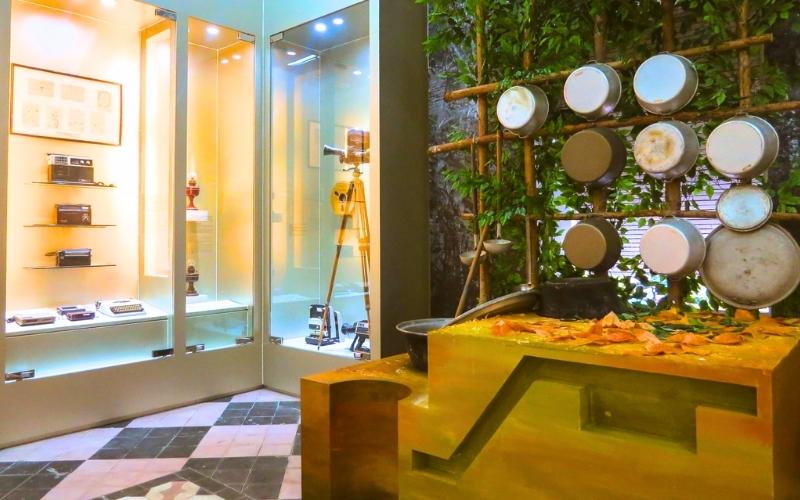
Artifacts in the Exhibition
The Museum of Ho Chi Minh City showcases 250 artifacts that are relics of revolutionary soldiers who participated in two resistance wars against the French (1930 – 1954) and the Americans (1954 – 1975). These relics from the previous generations evoke a heroic and fierce era of struggle, marked by challenges, hardships, sacrifices, and losses in the quest for national independence.
Vietnamese Currency
The history currency also showcases the national history. The rise and fall of the history of Vietnam are vividly reflected in Vietnamese currency. When you enter the Vietnamese Currency Exhibition Room, you will see several types of money from feudal times through different dynasties up to the present day.
Industry – Handicraft
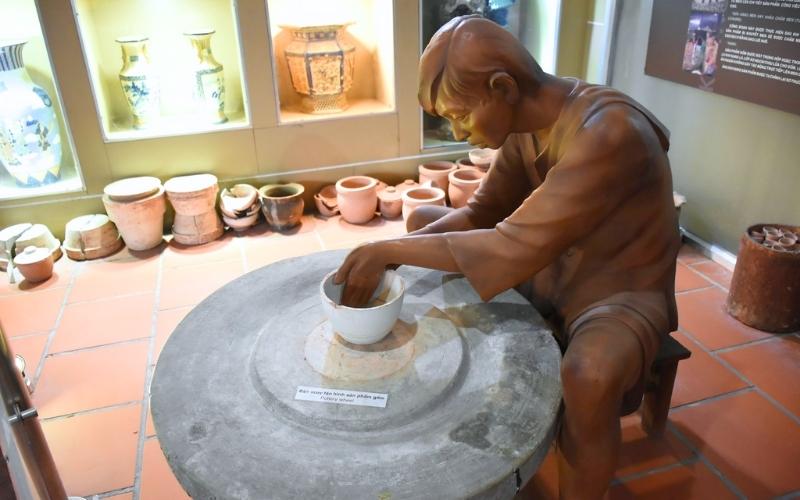
Statue of a Traditional Craftsman in Sai Gon – Ho Chi Minh City
When you come to the Industry – Handicraft Exhibition, you will witness the precious artifacts and images that stand as evidence for the history of the city’s economy. This area offers you a general look at the evolving traditional handicraft sectors and a glimpse into the modern industry of Ho Chi Minh City.
Remarkable Thematic Exhibitions
During Vietnamese special events such as the Tet Holiday or Independence Day, Ho Chi Minh City Museum often holds special thematic exhibitions as a gratitude. Besides, these exhibitions also provide comprehensive information for visitors who travel to Ho Chi Minh City.
In August 2023, coinciding with the 45th anniversary of its establishment, the Museum of Ho Chi Minh City organized a special exhibition titled “Sai Gon Pottery and Surrounding Areas – Distinctive Cultural Traits of the Southern Region.” You can come to this event and enjoy diverse collections of ceramic art with significant historical, cultural, and artistic value.
Moreover, you can also check out more thematic exhibitions at the museum’s official website here.
What to Keep in Mind When Visiting Ho Chi Minh City Museum
This place is definitely an attractive destination for you when visiting the city. However, to ensure the best experience during your trip, please keep in mind the below notes:
- You should dress appropriately and neatly
- Do not bring flammable or explosive items, weapons, or litter that could pollute the environment
- Do not make loud noises in the museum
- Do not enter restricted areas without permission
The Museum of Ho Chi Minh City is a place that preserves artifacts and stories of the heroic years of Vietnam. Coming to this place, you will be able to immerse yourself in the artistic architectural style as well as learn more about the historical aspects of old Sai Gon. Plan your trip today and do not forget to add this destination to your list! If you find any difficulty, feel free to reach out to us. We are always ready to provide you with our ultimate services.
